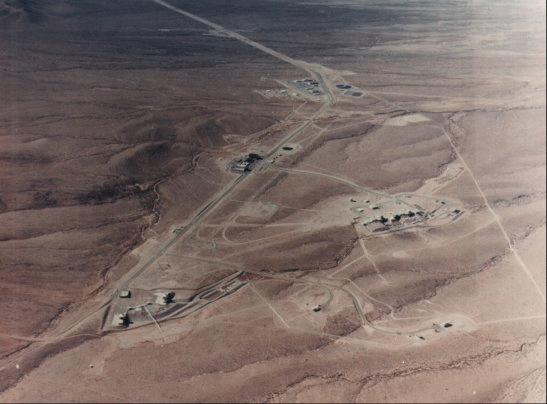



A desert area at White Sands Test Facility, New Mexico, was used for testing the spacecraft propulsion system module. Although launch sites at Wallops Island, Virginia; Eglin Air Force Base, Florida; and the Cape were considered, the New Mexico desert north of El Paso, Texas, was picked early in the spring of 1962 as the Little Joe II test area. The Army's White Sands Missile Range (WSMR) seemed the most suitable for Little Joe II ballistic flights. NASA engineers expected to conduct three kinds of tests at White Sands: (1) pad aborts, in which a solid-fueled rocket mounted on a tower attached to the top of the command module would pull the spacecraft away as it would have to do if the Saturn threatened to blow up on the launch pad; (2) maximum-dynamic-pressure ("max q") tests, in which the rocket would pull the spacecraft away from the launch vehicle if the booster veered off course shortly after launch; and (3) high-altitude tests, in which the rocket would haul the spacecraft away from the launch vehicle if the Saturn were unable to boost its payload to orbital flight.

SOURCE: SP-4205 Chariots for Apollo: A History of Manned Lunar Spacecraft (NASA, 1979) By Courtney G Brooks, James M. Grimwood, Loyd S. Swenson